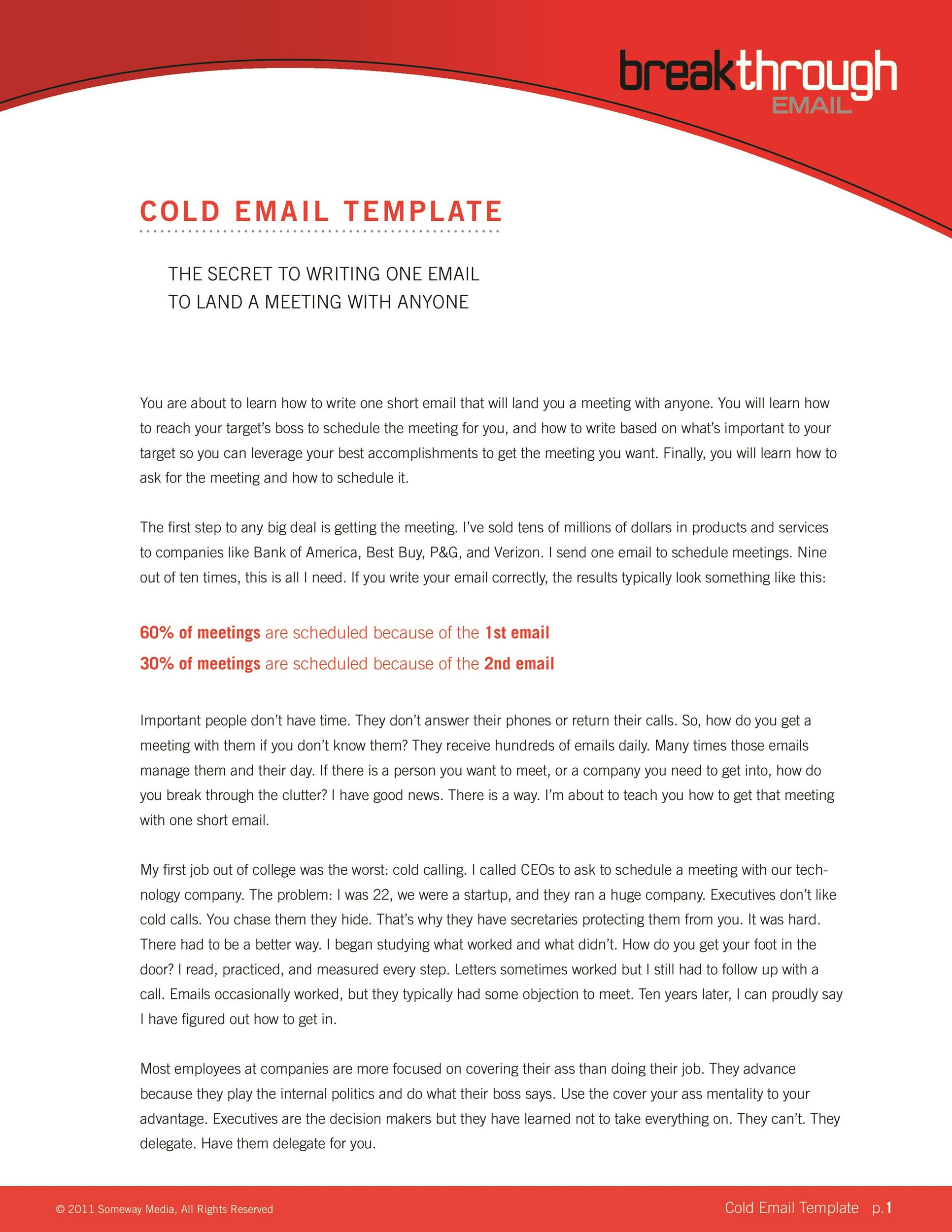Key Points a Courtesy Email. good courtesy email several key components make message clear, polite professional. help communicate effectively keep tone positive. 1. Clear Subject Line. subject line the thing recipient sees it be short to point.
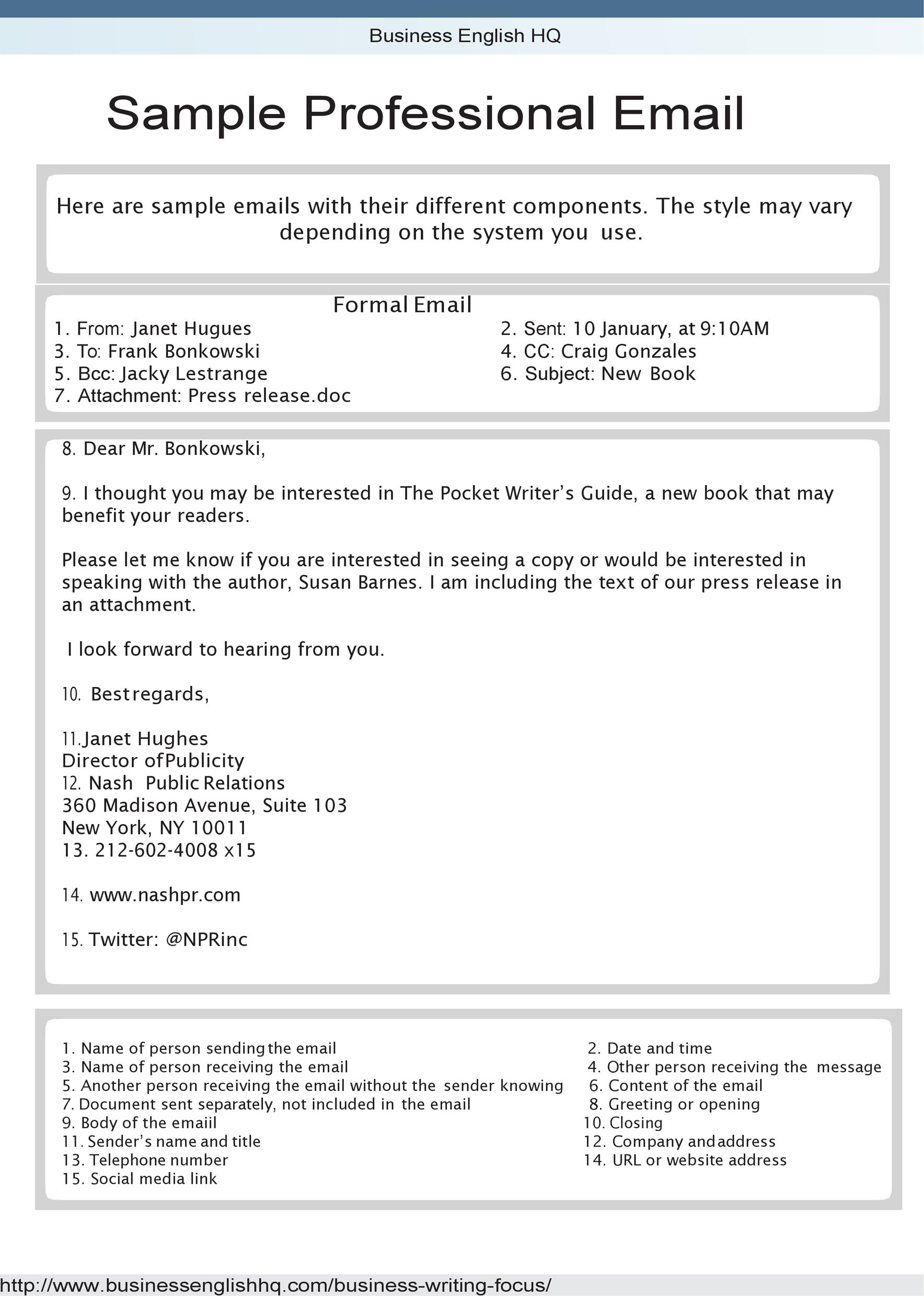 Crafting emails requires finesse tact maintain positive respectful tone. are 20 ways send polite reminder email, accompanied a scenario example. List Ways Send Polite Reminder Email. Friendly Follow-Up; Quick Check-In; Gentle Reminder; a Nudge; Courteous Follow-Up; Polite Reminder; Request .
Crafting emails requires finesse tact maintain positive respectful tone. are 20 ways send polite reminder email, accompanied a scenario example. List Ways Send Polite Reminder Email. Friendly Follow-Up; Quick Check-In; Gentle Reminder; a Nudge; Courteous Follow-Up; Polite Reminder; Request .
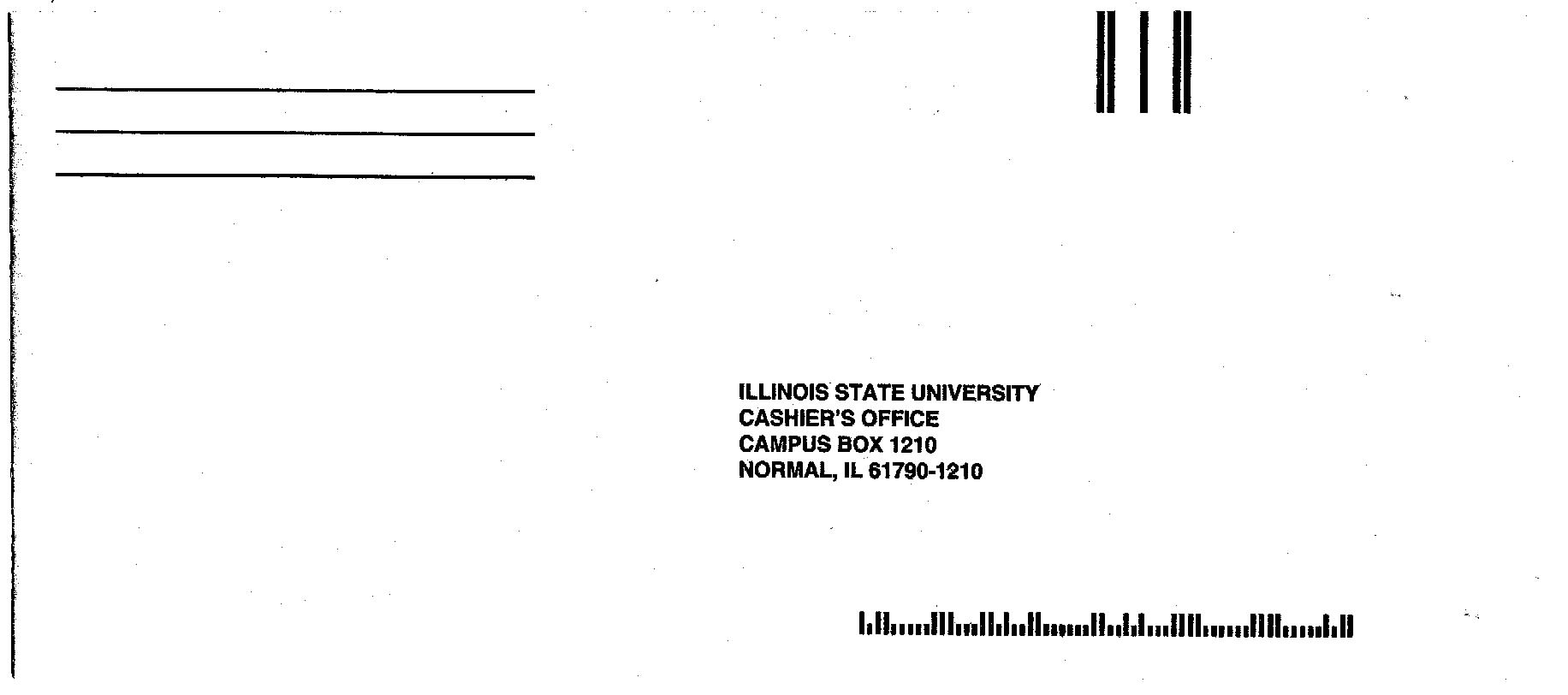 The format use; Examples formal emails English . rules writing formal emails English. . Courtesy formulas. you write email English, you're only another language you're entering culture different habits. Anglo-Saxons general pay lot attention forms .
The format use; Examples formal emails English . rules writing formal emails English. . Courtesy formulas. you write email English, you're only another language you're entering culture different habits. Anglo-Saxons general pay lot attention forms .
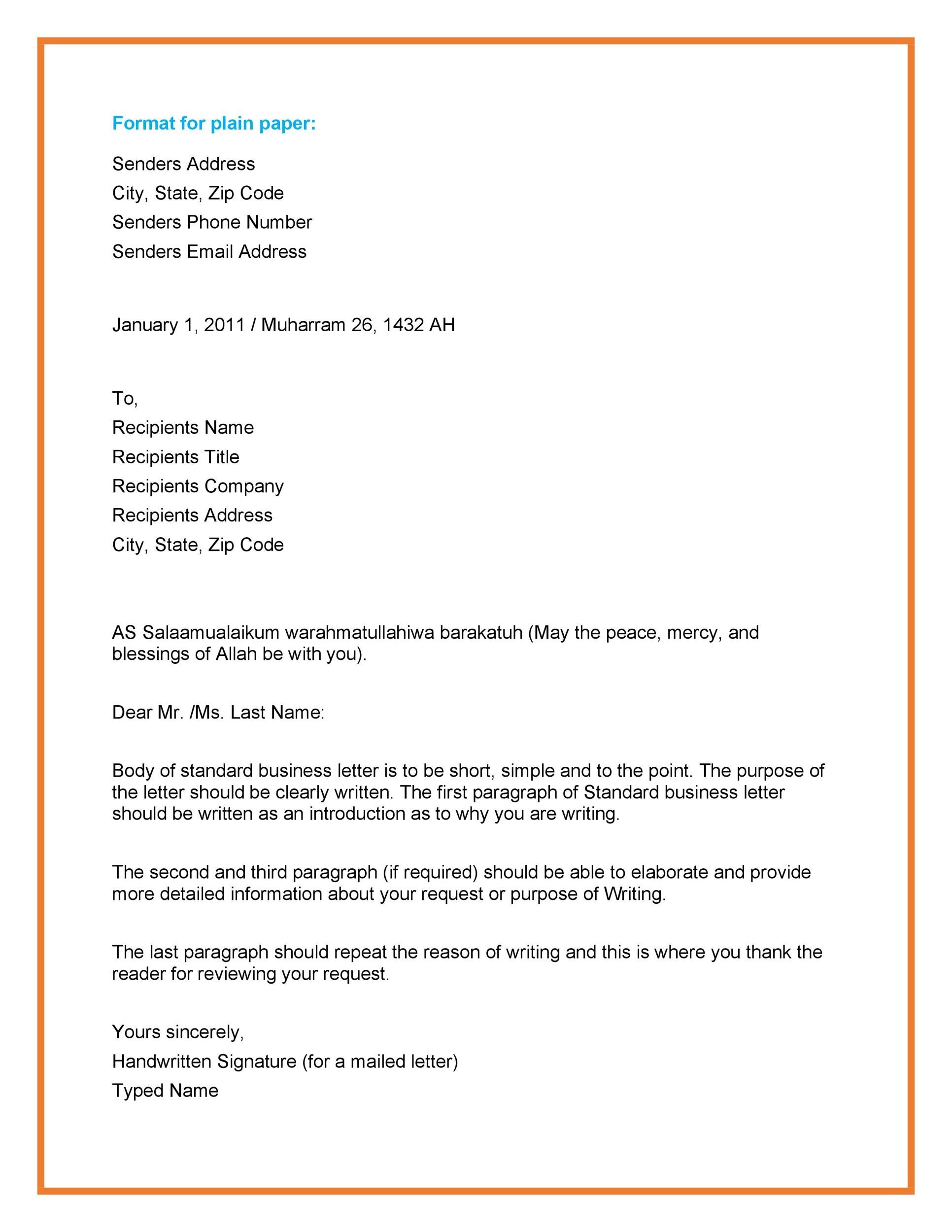 Include purpose your email the opening sentences. Trim email keep short topical eliminating redundancy. Maintain professionalism adding personal touch the language. Types professional emails, examples. are 10 the common types professional emails, examples. 1 Introductory .
Include purpose your email the opening sentences. Trim email keep short topical eliminating redundancy. Maintain professionalism adding personal touch the language. Types professional emails, examples. are 10 the common types professional emails, examples. 1 Introductory .
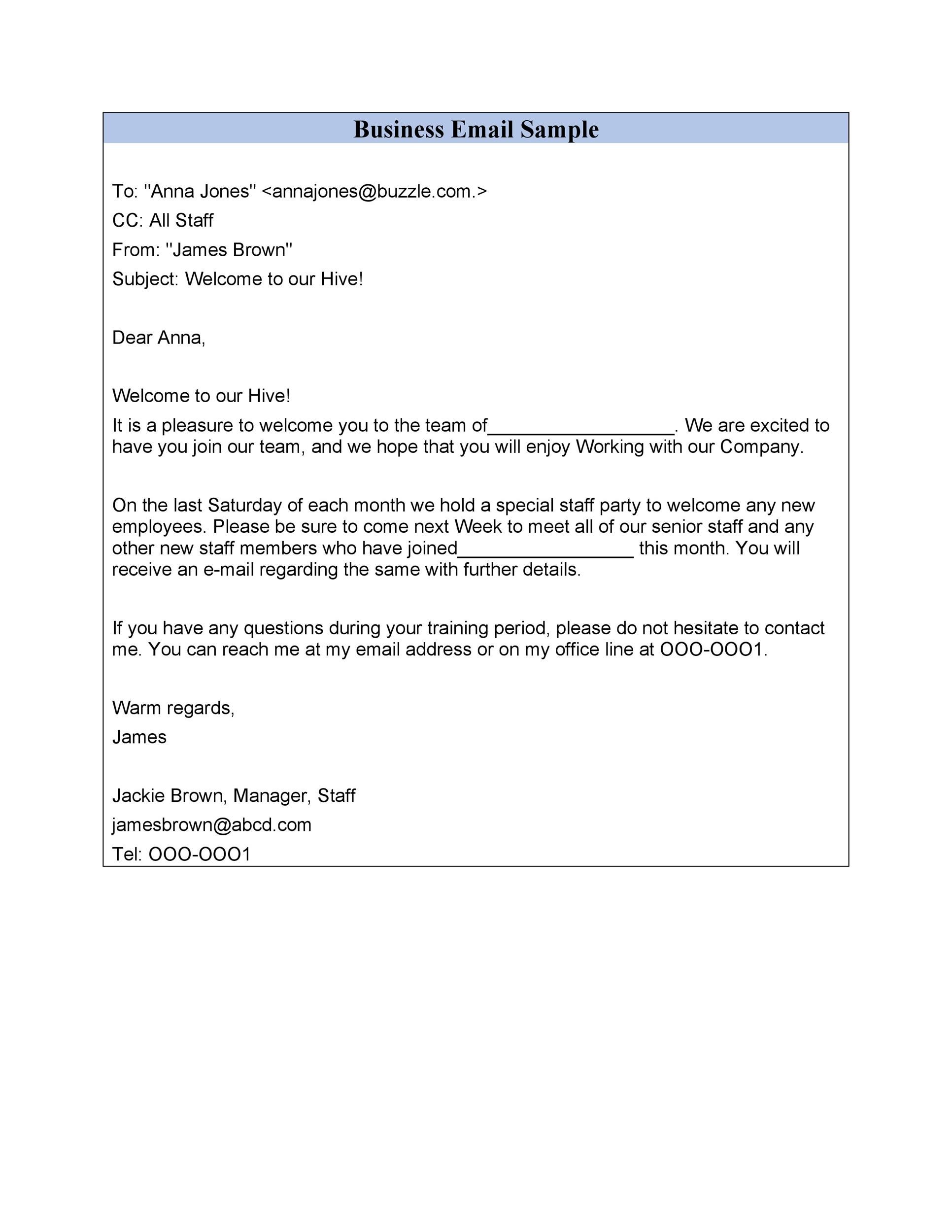 Discover essential elements, structure, best practices crafting effective professional courtesy emails. Learn to convey respect, maintain relationships, achieve communication goals. . Courtesy Mail Format Guide: Professional Email Etiquette. Art the Customer Visit Email: Comprehensive Guide.
Discover essential elements, structure, best practices crafting effective professional courtesy emails. Learn to convey respect, maintain relationships, achieve communication goals. . Courtesy Mail Format Guide: Professional Email Etiquette. Art the Customer Visit Email: Comprehensive Guide.
 Starting official email be challenging, we'll run through official email format 10 official email samples you'll feel confident official email writing no time. . official introduction email a common courtesy you'll extend business. example, may introducing customer, client, .
Starting official email be challenging, we'll run through official email format 10 official email samples you'll feel confident official email writing no time. . official introduction email a common courtesy you'll extend business. example, may introducing customer, client, .
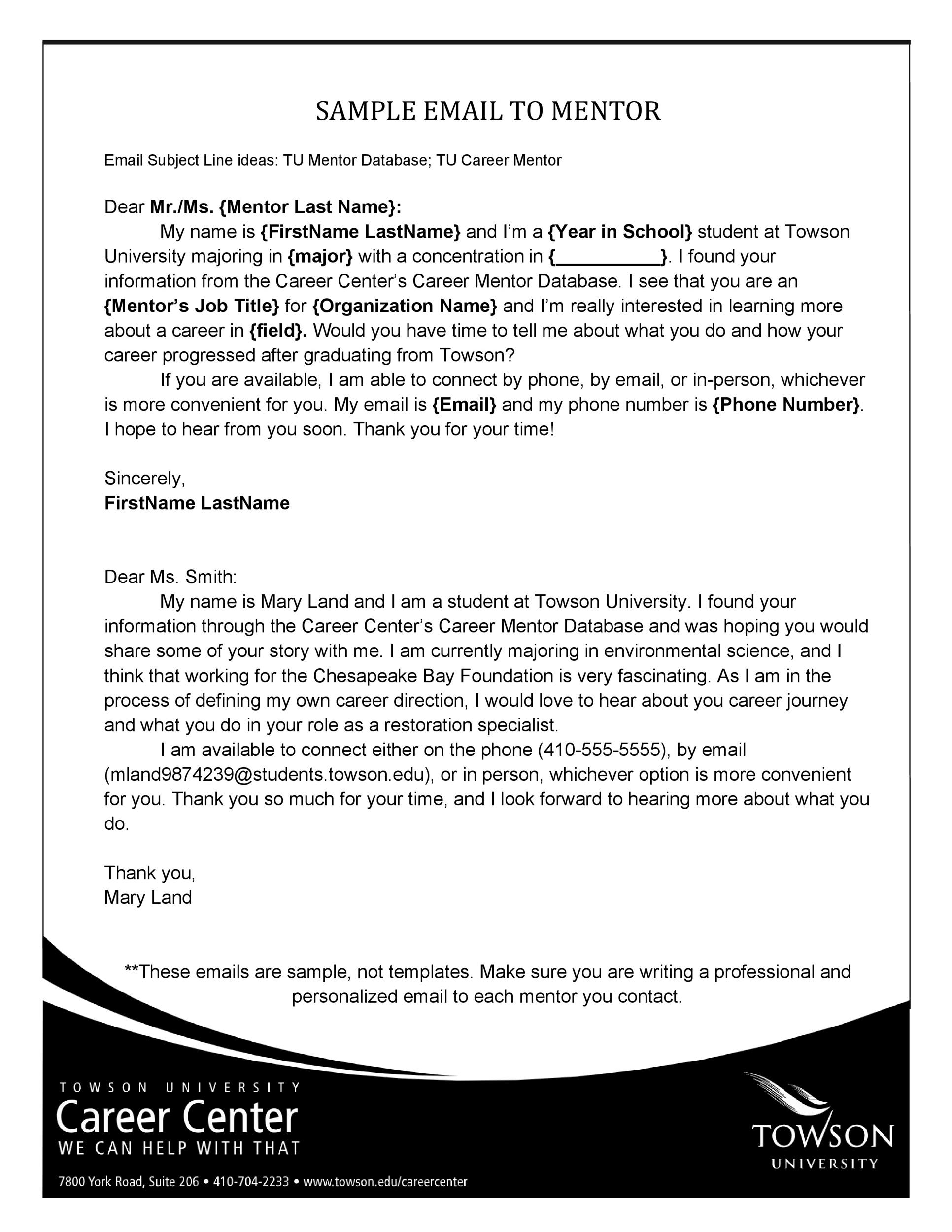 Limit email address your full name, initials numbers, a mix these. Examples include "[email protected]," "[email protected]" "[email protected]." Font: make email easy read professional appearance, Arial, Times Roman Calibri your font. use black your font color, choose .
Limit email address your full name, initials numbers, a mix these. Examples include "[email protected]," "[email protected]" "[email protected]." Font: make email easy read professional appearance, Arial, Times Roman Calibri your font. use black your font color, choose .
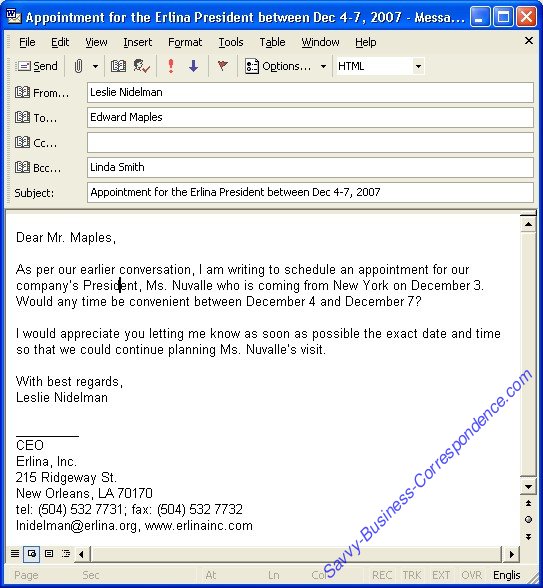 Guidelines Making Professional Email Format . Part being good professional giving importance perfection on matters communications, in starting ending good email a professional email sign-off. Technology presented us opportunity a faster means sending messages emails.
Guidelines Making Professional Email Format . Part being good professional giving importance perfection on matters communications, in starting ending good email a professional email sign-off. Technology presented us opportunity a faster means sending messages emails.
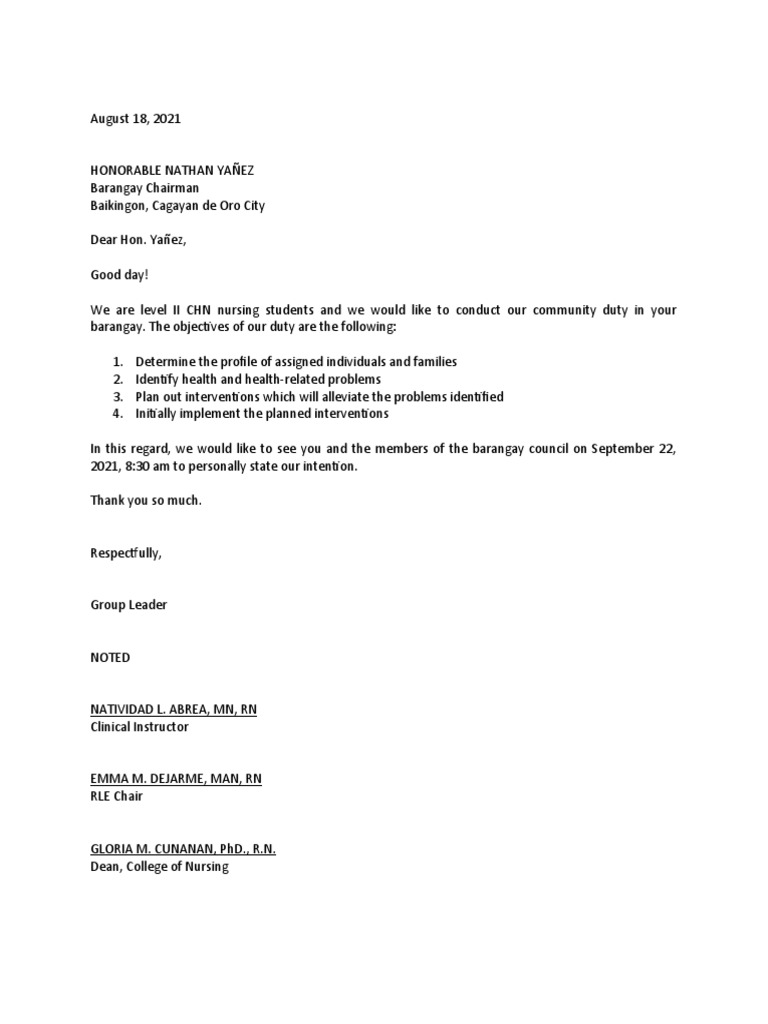
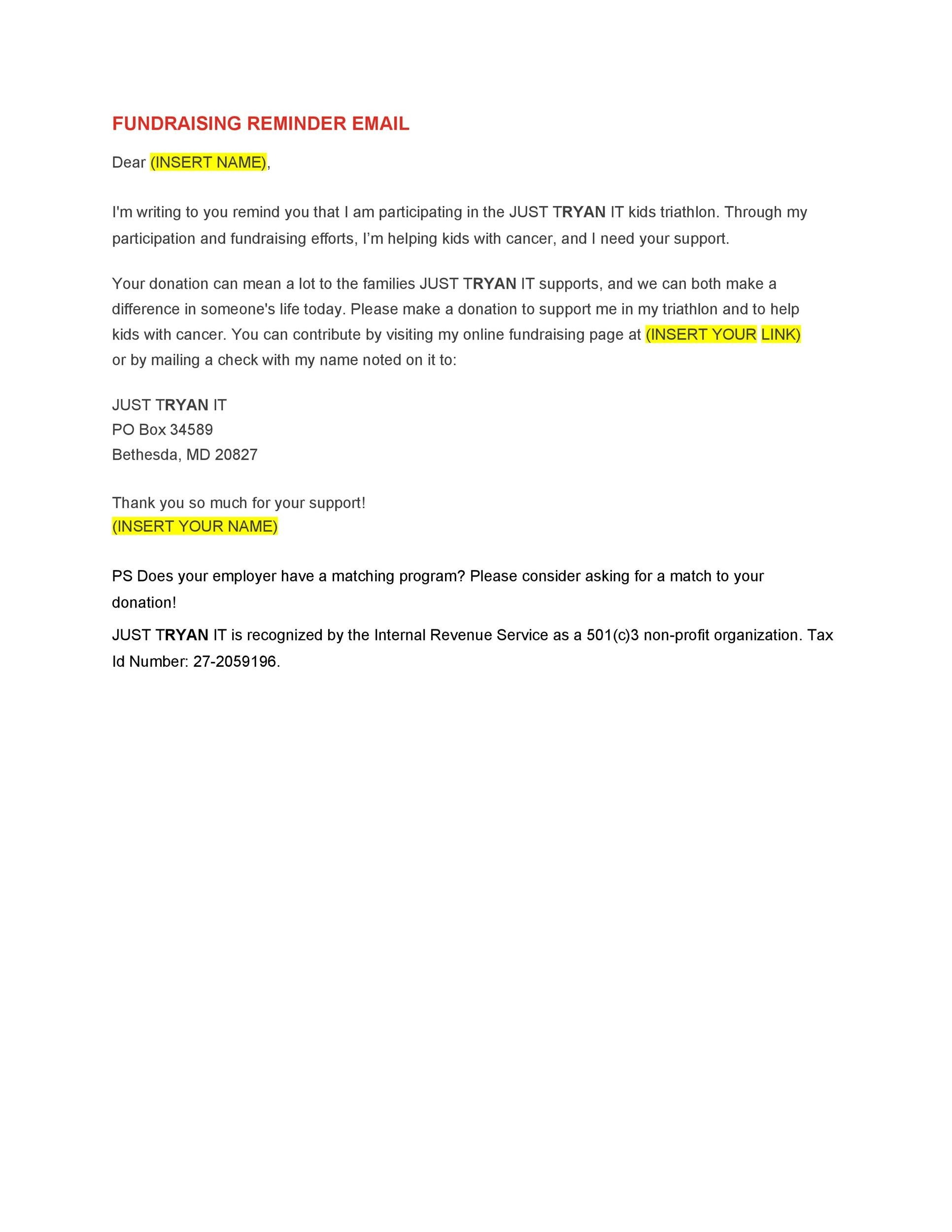 If want know more, read blog formal email format. Formal email examples templates 1. Introduction email a client (email approach new client) Dear [Sir/Madam/Name], me introduce myself our esteemed company. am [Name], serving [Job Title] [Company Name]. specialize providing state-of-the .
If want know more, read blog formal email format. Formal email examples templates 1. Introduction email a client (email approach new client) Dear [Sir/Madam/Name], me introduce myself our esteemed company. am [Name], serving [Job Title] [Company Name]. specialize providing state-of-the .
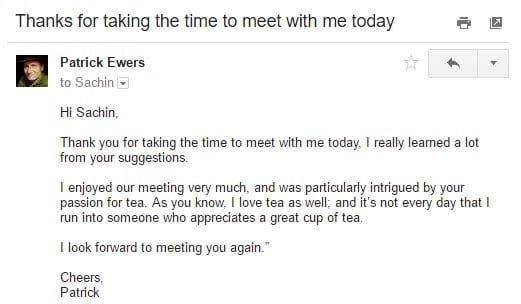 How to Write an Email to a Client after the Meeting - NEWOLDSTAMP
How to Write an Email to a Client after the Meeting - NEWOLDSTAMP
